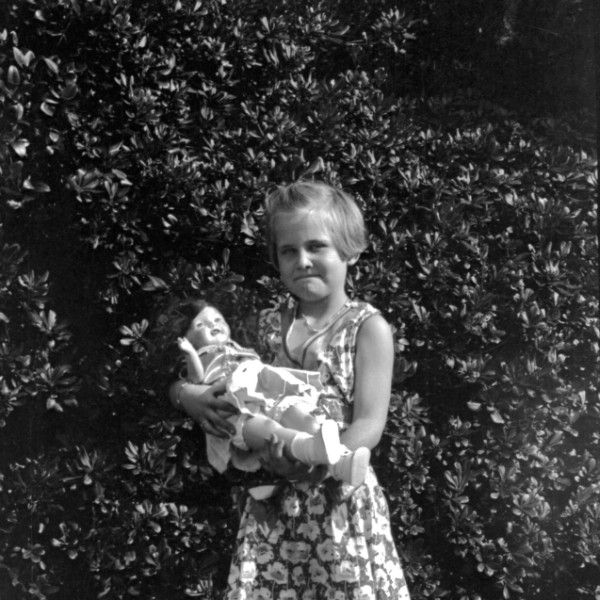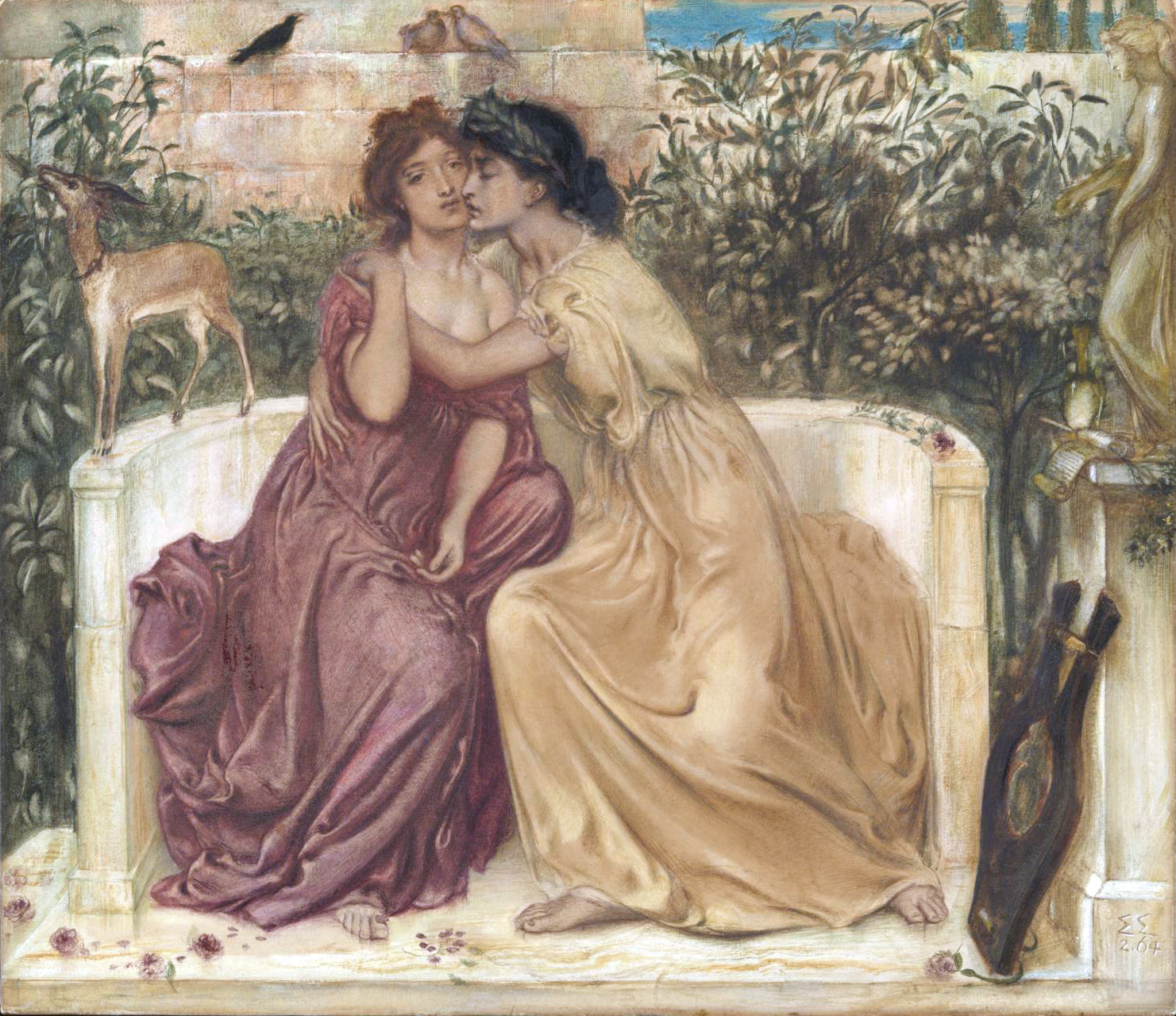|
Gynocriticism
Gynocriticism or gynocritics is the term coined in the seventies by Elaine Showalter to describe a new literary project intended to construct "a female framework for the analysis of women's literature". By expanding the historical study of women writers as a distinct literary tradition, gynocritics sought to develop new models based on the study of female experience to replace male models of literary creation, and so "map the territory" left unexplored in earlier literary criticisms. History While previous figures like Virginia Woolf and Simone de Beauvoir had already begun to review and evaluate the female image in literature, and second-wave feminism had explored phallocentrism and sexism through a female reading of male authors, gynocriticism was designed as a "second phase" in feminist criticism – turning to a focus on, and interrogation of female authorship, images, the feminine experience and ideology, and the history and development of the female literary tradition.Xu, ... [...More Info...] [...Related Items...] OR: [Wikipedia] [Google] [Baidu] |
Ellen Moers
Ellen Moers (1928–1979) was an American academic and literary scholar. She is best known for her pioneering contribution to gynocriticism, ''Literary Women'' (1976). and leading her to write ''Literary Women''. In the latter she established the existence of a strong nineteenth-century tradition of (international) women writers—her identification within it of what she called 'female Gothic' proving especially influential. In the fast-moving world of feminist scholarship, her book would be challenged in the following decade as under-theorised and ethnocentric; but continued nonetheless to serve as a significant stepping-stone for future scholarship. Twin traditions Moers pointed to the ambiguous origins of ''The Dandy:Brummell to Beerbohm'', in a merger of French and English traditions; to the paradox in the dandy's highly structured pose of inaction; and to the role of the female dandy. In ''Two Dreisers'' she indicated Dreiser's twin role on the cusp between 19th-century re ... [...More Info...] [...Related Items...] OR: [Wikipedia] [Google] [Baidu] |
Elaine Showalter
Elaine Showalter (born January 21, 1941) is an American literary critic, feminist, and writer on cultural and social issues. She influenced feminist literary criticism in the United States academia, developing the concept and practice of gynocritics, a term describing the study of "women as writers". Showalter has written and edited numerous books and articles focused on a variety of subjects, from feminist literary criticism to fashion, sometimes sparking controversy, especially with her work on illnesses. Showalter has been a television critic for '' People'' magazine and a commentator on BBC radio and television. She received the Truman Capote Award for Literary Criticism. in 2003. Career Showalter is a specialist in Victorian literature and the '' fin de siècle'' (turn of the 20th century). Her most innovative work in this field is in madness and hysteria in literature, specifically in women's writing and in the portrayal of female characters. She is the Avalon Found ... [...More Info...] [...Related Items...] OR: [Wikipedia] [Google] [Baidu] |
Feminist Literary Criticism
Feminist literary criticism is literary criticism informed by feminist theory, or more broadly, by the politics of feminism. It uses the principles and ideology of feminism to critique the language of literature. This school of thought seeks to analyze and describe the ways in which literature portrays the narrative of male domination by exploring the economic, social, political, and psychological forces embedded within literature. This way of thinking and criticizing works can be said to have changed the way literary texts are viewed and studied, as well as changing and expanding the canon of what is commonly taught. Traditionally, feminist literary criticism has sought to examine old texts within literary canon through a new lens. Specific goals of feminist criticism include both the development and discovery of female tradition of writing, and rediscovering of old texts, while also interpreting symbolism of women's writing so that it will not be lost or ignored by the male poin ... [...More Info...] [...Related Items...] OR: [Wikipedia] [Google] [Baidu] |
Feminist Terminology
Feminism is a range of socio-political movements and ideologies that aim to define and establish the political, economic, personal, and social equality of the sexes. Feminism holds the position that modern societies are patriarchal—they prioritize the male point of view—and that women are treated unjustly in these societies. Efforts to change this include fighting against gender stereotypes and improving educational, professional, and interpersonal opportunities and outcomes for women. Originating in late 18th-century Europe, feminist movements have campaigned and continue to campaign for women's rights, including the right to vote, run for public office, work, earn equal pay, own property, receive education, enter into contracts, have equal rights within marriage, and maternity leave. Feminists have also worked to ensure access to contraception, legal abortions, and social integration; and to protect women and girls from sexual assault, sexual harassment, and do ... [...More Info...] [...Related Items...] OR: [Wikipedia] [Google] [Baidu] |
Essentialist
Essentialism is the view that objects have a set of attributes that are necessary to their identity. In early Western thought, Platonic idealism held that all things have such an "essence"—an "idea" or "form". In '' Categories'', Aristotle similarly proposed that all objects have a substance that, as George Lakoff put it, "make the thing what it is, and without which it would be not ''that'' kind of thing". The contrary view— non-essentialism—denies the need to posit such an "essence". Essentialism has been controversial from its beginning. In the ''Parmenides'' dialogue, Plato depicts Socrates questioning the notion, suggesting that if we accept the idea that every beautiful thing or just action partakes of an essence to be beautiful or just, we must also accept the "existence of separate essences for hair, mud, and dirt". Older social theories were often conceptually essentialist. In biology and other natural sciences, essentialism provided the rationale for taxonomy ... [...More Info...] [...Related Items...] OR: [Wikipedia] [Google] [Baidu] |
Feminist Theory
Feminist theory is the extension of feminism into theoretical, fictional, or Philosophy, philosophical discourse. It aims to understand the nature of gender inequality. It examines women's and men's Gender role, social roles, experiences, interests, chores, and feminist politics in a variety of fields, such as anthropology and sociology, communication, media studies, psychoanalysis,Chodorow, Nancy J., Feminism and Psychoanalytic Theory' (Yale University Press: 1989, 1991) political theory, home economics, Feminist literary criticism, literature, education, and philosophy. Feminist theory often focuses on analyzing gender inequality. Themes often explored in feminist theory include discrimination, objectification (especially sexual objectification), oppression, patriarchy,Gilligan, Carol, 'In a Different Voice: Women's Conceptions of Self and Morality' in ''Harvard Educational Review'' (1977)Lerman, Hannah, ''Feminist Ethics in Psychotherapy'' (Springer Publishing Company, 1990) ... [...More Info...] [...Related Items...] OR: [Wikipedia] [Google] [Baidu] |
Feminist Studies
''Feminist Studies'' is a peer-reviewed academic journal covering women's studies that was established in 1972. It is an independent nonprofit publication housed at the University of Maryland in College Park, Maryland. Besides scholarly articles, the journal also publishes creative writing (poetry, fiction, and memoirs), artwork and art essays, book reviews, political and social commentaries, interviews, and activist reports. Occasionally, special issues are published on topics such as Chicana Studies; Women and Prison; Women's Work, Social Class, and Socialism; Sexuality, Sexual Violence, and Sexual Identities; Culture and History in the New South Africa; the Body and Healthcare; Rethinking the Global; and Conjugality and Sexual Economies in India. History The journal was established in 1972 in New York City by feminist academics and activists who were committed to creating a scholarly journal with high standards and community relevance. This feminist network believed that ... [...More Info...] [...Related Items...] OR: [Wikipedia] [Google] [Baidu] |
Third-wave Feminism
Third-wave feminism is a feminist movement that began in the early 1990s, prominent in the decades prior to the fourth-wave feminism, fourth wave. Grounded in the civil-rights advances of the second-wave feminism, second wave, Generation X, Gen X third-wave feminists born in the 1960s and 1970s embraced diversity (politics), diversity and individualism in women, and sought to redefine what it meant to be a feminist. The third wave saw the emergence of new feminist currents and theories, such as intersectionality, Sex positive feminism, sex positivity, vegetarian ecofeminism, transfeminism, and postmodern feminism. According to feminist scholar Elizabeth Evans, the "confusion surrounding what constitutes third-wave feminism is in some respects its defining feature." The third wave is traced to Anita Hill's televised testimony in 1991 to an all-male all-white Senate Judiciary Committee that the judge Clarence Thomas Supreme Court nomination, Clarence Thomas had sexual harassment, se ... [...More Info...] [...Related Items...] OR: [Wikipedia] [Google] [Baidu] |
One-dimensional
A one-dimensional space (1D space) is a mathematical space in which location can be specified with a single coordinate. An example is the number line, each point of which is described by a single real number. Any straight line or smooth curve is a one-dimensional space, regardless of the dimension of the ambient space in which the line or curve is embedded. Examples include the circle on a plane, or a parametric space curve. In physical space, a 1D subspace is called a "linear dimension" ( rectilinear or curvilinear), with units of length (e.g., metre). In algebraic geometry there are several structures that are one-dimensional spaces but are usually referred to by more specific terms. Any field K is a one-dimensional vector space over itself. The projective line over K, denoted \mathbf P^1(K), is a one-dimensional space. In particular, if the field is the complex numbers \mathbb, then the complex projective line \mathbf P^1(\mathbb) is one-dimensional with respect to ... [...More Info...] [...Related Items...] OR: [Wikipedia] [Google] [Baidu] |
Women Of Color
The term "person of color" (: people of color or persons of color; abbreviated POC) is used to describe any person who is not considered "white". In its current meaning, the term originated in, and is associated with, the United States. From the 2010s, however, it has been adopted elsewhere in the Anglosphere (often as person of colour), including relatively limited usage in the United Kingdom, Canada, Australia, Ireland, and South Africa. In the United States, the term is involved in the various definitions of non-whiteness, including African Americans, Asian Americans, Native Americans, Pacific Islander Americans, multiracial Americans, and some Latino Americans, though members of these communities may prefer to view themselves through their cultural identities rather than color-related terminology. The term, as used in the United States, emphasizes common experiences of systemic racism, which some communities have faced. The term may also be used with other collective categ ... [...More Info...] [...Related Items...] OR: [Wikipedia] [Google] [Baidu] |
Lesbian
A lesbian is a homosexual woman or girl. The word is also used for women in relation to their sexual identity or sexual behavior, regardless of sexual orientation, or as an adjective to characterize or associate nouns with female homosexuality or same-sex attraction. Relatively little in history was documented to describe female homosexuality, though the earliest mentions date to at least the 500s BC. When early sexologists in the late 19th century began to categorize and describe homosexual behavior, hampered by a lack of knowledge about homosexuality or women's sexuality, they distinguished lesbians as women who did not adhere to female gender roles. They classified them as mentally ill—a designation which has been reversed since the late 20th century in the global scientific community. Women in homosexual relationships in Europe and the United States responded to the discrimination and repression either by hiding their personal lives, or accepting the label of outcast ... [...More Info...] [...Related Items...] OR: [Wikipedia] [Google] [Baidu] |




